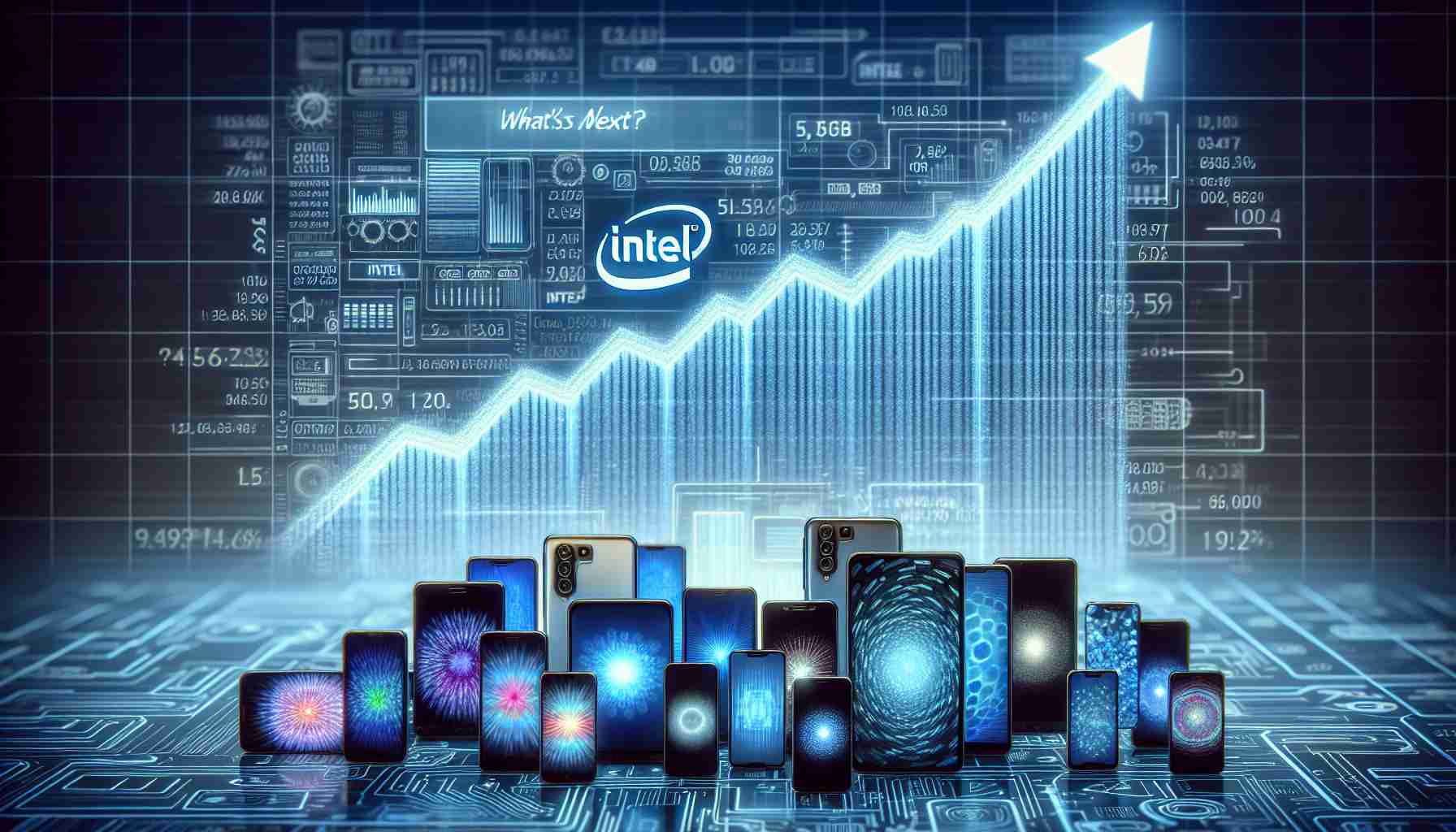In a surprising turn of events, it has come to light that semiconductor giant AMD contemplated buying NVIDIA back in the 2000s. While NVIDIA is now known for its domination of the GPU market and its stronghold in the AI chip industry, the tables could have turned if the deal had gone through.
Former AMD staffer Hemant Mohapatra recently shared insights into this intriguing story on an online platform. As a technology enthusiast from the 90s, reading his detailed account was a thrilling experience. It’s fascinating to consider how different the tech landscape might have been if NVIDIA had become a part of AMD.
One of the main reasons the acquisition didn’t materialize was NVIDIA CEO Jensen Huang’s desire to retain his position as CEO. Unfortunately, this was a non-negotiable condition for him. Mohapatra explained, “Now that NVIDIA’s market cap has far surpassed that of AMD and Intel, it’s an interesting tale to tell. During my time at AMD in the mid to late 2000s, where I worked on CPU/APU/GPU design, it was unimaginable for AMD to surpass Intel in market cap (which we did in 2020!) and for NVIDIA to outshine both.”
It turns out that AMD came very close to sealing the deal, but Huang’s insistence on replacing Hector Ruiz, the then-CEO of AMD, as the chief executive of the merged company put a stop to the negotiations. This decision had far-reaching consequences for the future trajectories of both companies.
Looking back, it is evident that someone at AMD had a keen understanding of the future potential of GPUs. However, their vision was only partial, and they failed to recognize the significant impact NVIDIA would go on to make. At the time, NVIDIA was primarily known for its niche CPUs targeted at hardcore gamers, focusing heavily on CUDA technology. AMD, on the other hand, was a strong proponent of OpenGL. The conflict between the two platforms played a role in the failed acquisition.
Jensen Huang’s long-term strategy of combining hardware and software lock-in, which resembled Apple’s approach, ultimately swayed him to reject the deal unless he was given the opportunity to lead the joint company. AMD hesitated, and this momentary indecision marked the point at which their future paths diverged permanently.
While the acquisition never came to fruition, this forgotten chapter in the history of AMD and NVIDIA serves as a reminder of how close the technology industry came to a game-changing merger. The lessons learned from those heady days continue to influence decision-making in the fast-paced world of semiconductors.
1. Key questions:
– What was the potential impact of AMD acquiring NVIDIA?
– What were the main reasons the acquisition didn’t happen?
– How did AMD and NVIDIA’s strategies and technologies differ at the time?
– How did this decision affect the future trajectories of both companies?
2. Important facts:
– The potential acquisition took place in the 2000s.
– NVIDIA CEO Jensen Huang’s desire to retain his position as CEO was a non-negotiable condition.
– AMD came close to sealing the deal, but Huang’s insistence on replacing Hector Ruiz as the CEO of the merged company halted the negotiations.
– AMD and NVIDIA had different strategies, with NVIDIA focusing on niche CPUs for gamers and CUDA technology, while AMD supported OpenGL.
– Jensen Huang’s long-term strategy of hardware and software lock-in influenced his rejection of the deal unless he could lead the joint company.
– The failed acquisition serves as a significant chapter in the history of both AMD and NVIDIA.
3. Key challenges or controversies:
– The conflict between the different platforms and technologies of AMD and NVIDIA played a role in the failed acquisition.
– The decision to prioritize the retention of leadership positions hindered the potential merger.
4. Advantages:
– The acquisition could have significantly impacted the technology industry, potentially altering the landscape of the GPU market and AI chip industry.
– Combining the strengths of AMD and NVIDIA could have created a strong competitor against other semiconductor giants.
5. Disadvantages:
– The conflict between the platforms and technologies of AMD and NVIDIA may have created challenges in integrating their products and strategies.
– The desire to retain leadership positions could have hindered collaboration and decision-making in the merged company.
Suggested related links:
– AMD official website
– NVIDIA official website






















